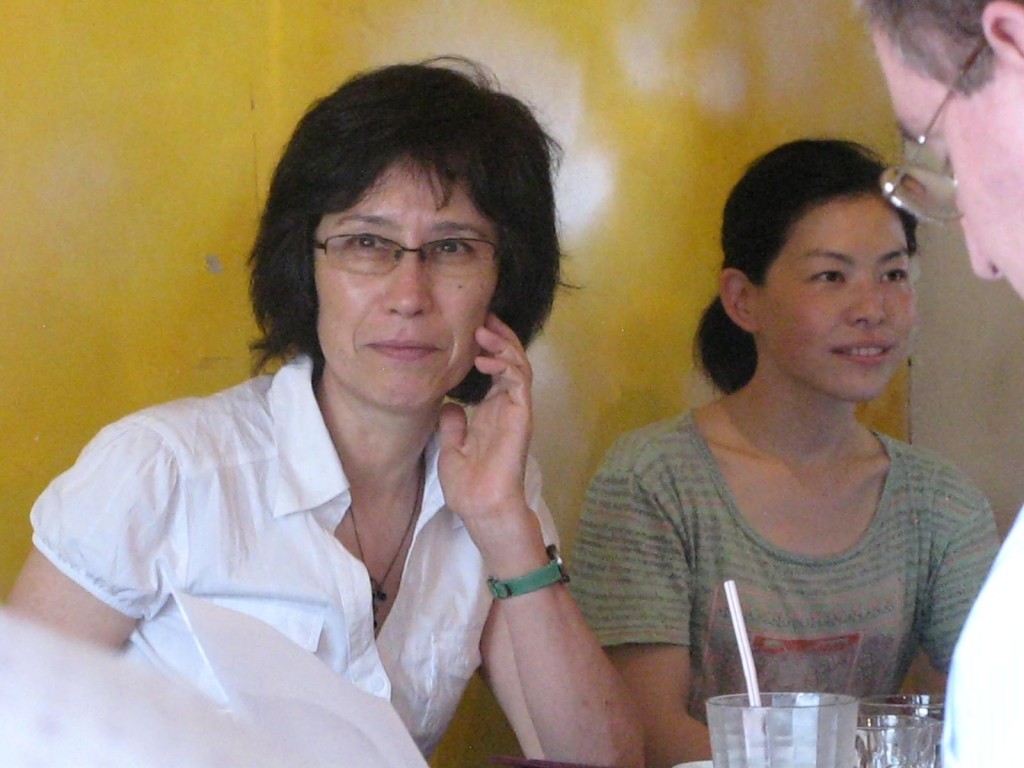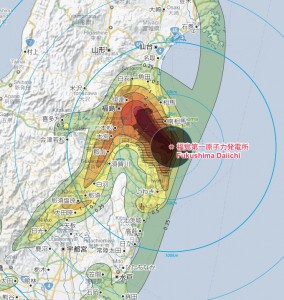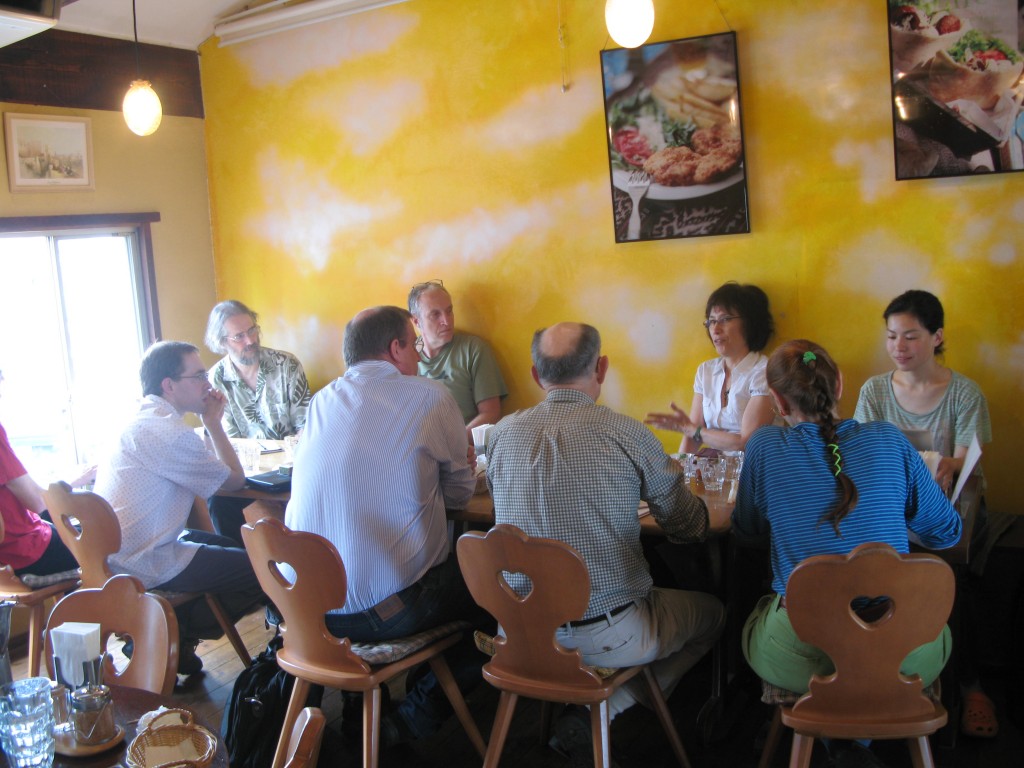
Last Sunday I attended a Green Action meeting at Falafel Garden and met with their executive director Aileen Mioko Smith. Aileen has been campaigning against the nuclear power industry for two decades, but the disaster in Fukushima has created a seachange in popular attitudes towards nuclear power. An Asahi newspaper survey recently found that three quarters of Japanese people favour a phase out of nuclear power and 11 out of 47 prefectural governors have also stated that nuclear power plants should be abolished or reduced in the future. We now know that both TEPCO and the Japanese government were less than honest about the full extent of the disaster at the Fukushima reactors and that there were meltdowns and much more radiation released in the early days than originally declared. Arnold Gundersen, a nuclear industry expert, has said, “Fukushima is the biggest industrial catastrophe in the history of mankind“. Clearly no one believes the government anymore and it is all the more vital for pressure groups like Green Action to keep campaigning for change and accountability.

At the meeting Aileen swiftly outlined two of Green Action’s current campaigns. The first is a petition to have children evacuated if they are exposed to over 1 millisievert of radiation annually. The government had earlier raised the legal limit to 20mSv per year. Contrast that with the mandatory evacuation from Chernobyl at 5mSv, or the 10mSv limit in nuclear-loving France and you get an idea of how crazy that is. In response to popular anger, the Education Ministry attempted to fudge the issue by saying they would “work towards 1mSv” during school hours. The petition, which you can read more about here, calls for a strict adherence to the 1mSv limit and wider evacuation with compensation for those affected. It is simply because of the cost that the government doesn’t want to do this. [Read more on this issue]
The second campaign is a call for the Radiation Health Risk Advisor Prof. Shunichi Yamashita to be dismissed after he made comments such as “The effects of radiation do not come to people that are happy and laughing. They come to people that are weak-spirited, that brood and fret.†Clearly this man needs to go. You can read more about this campaign and sign the petition here.
All of these problems might seem very far away from us here in Kansai, but the truth is Kyoto is but 60 miles away from the “Nuclear Ginza” of 14 reactors on the Fukui coastline, situated on active faultlines and there is no plan or strategy in place in the event of a combined natural disaster and nuclear event. If the roads go because of an earthquake for example – how will people evacuate? And if there were a disaster of this kind, Lake Biwa, being downwind of Fukui would certainly be affected. This lake provides drinking water to 14 million people in the Kansai region. Not to mention the ongoing problems at the troubled Monju plant… In addition to their other campaigns, Green Action is pushing for those reactors that are currently shutdown for outages to be kept shutdown. If this campaign were successful all of the reactors could be shutdown by February of next year. Life may get a little inconvenient in the short term but in the long term our children may thank us for making the hard but necessary choices to preserve their future.
To learn more about Green Action click here and please also visit their Fukushima Update Blog for all the latest news on their campaigns.

More useful links:
Interview with Aileen Mioko Smith in Kansai Scene
Japan Admits 3 Nuclear Meltdowns, More Radiation Leaked into Sea; U.S. Nuclear Waste Poses Deadly Risks
Fukushima Disaster Failures Kept Behind Closed Doors at UN Atomic Meeting
Kansai mulls own nuke nightmare vulnerability
Japan Strains to Fix a Reactor Damaged Before Quake
Full Meltdown: Fukushima Called the ‘Biggest Industrial Catastrophe in the History of Mankind’
You try living in Fukushima, governor tells TEPCO president in verbal dressing-down